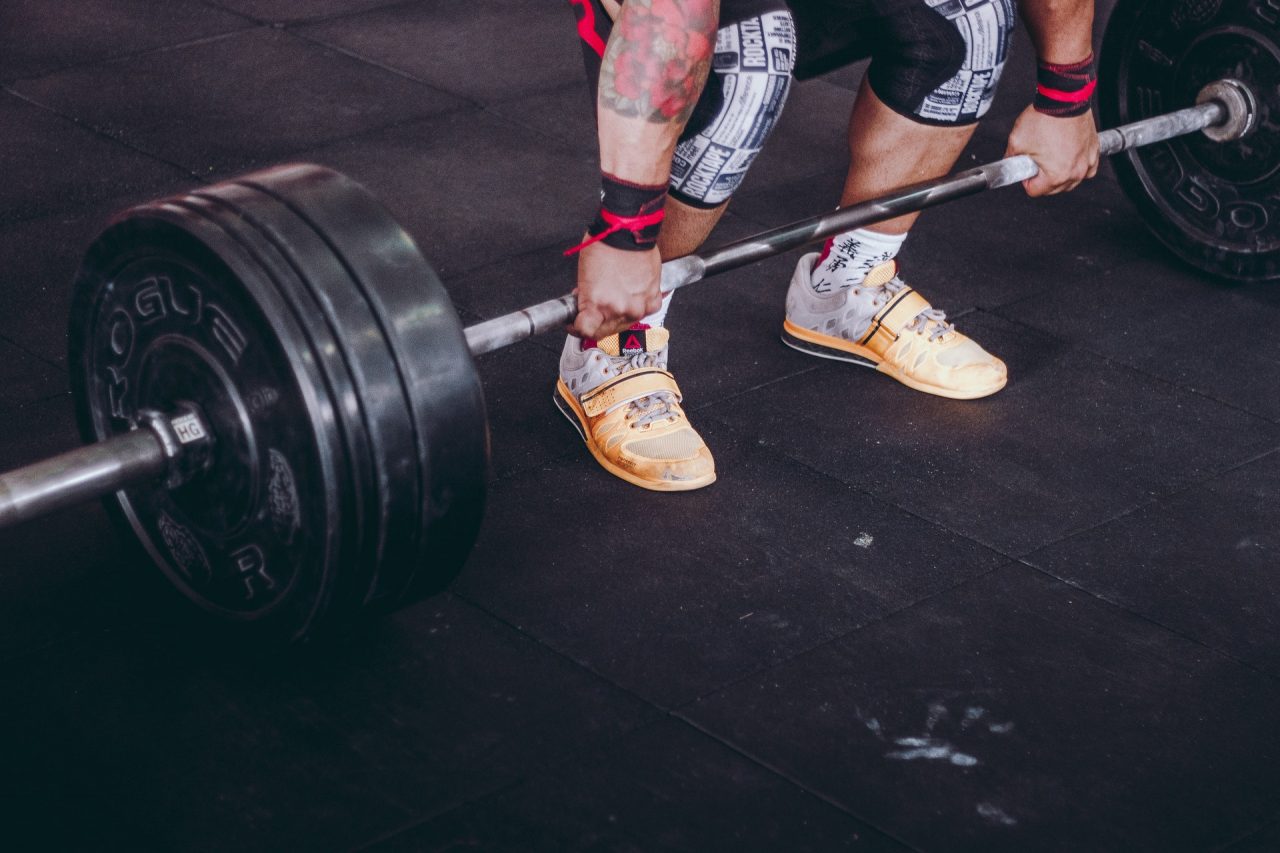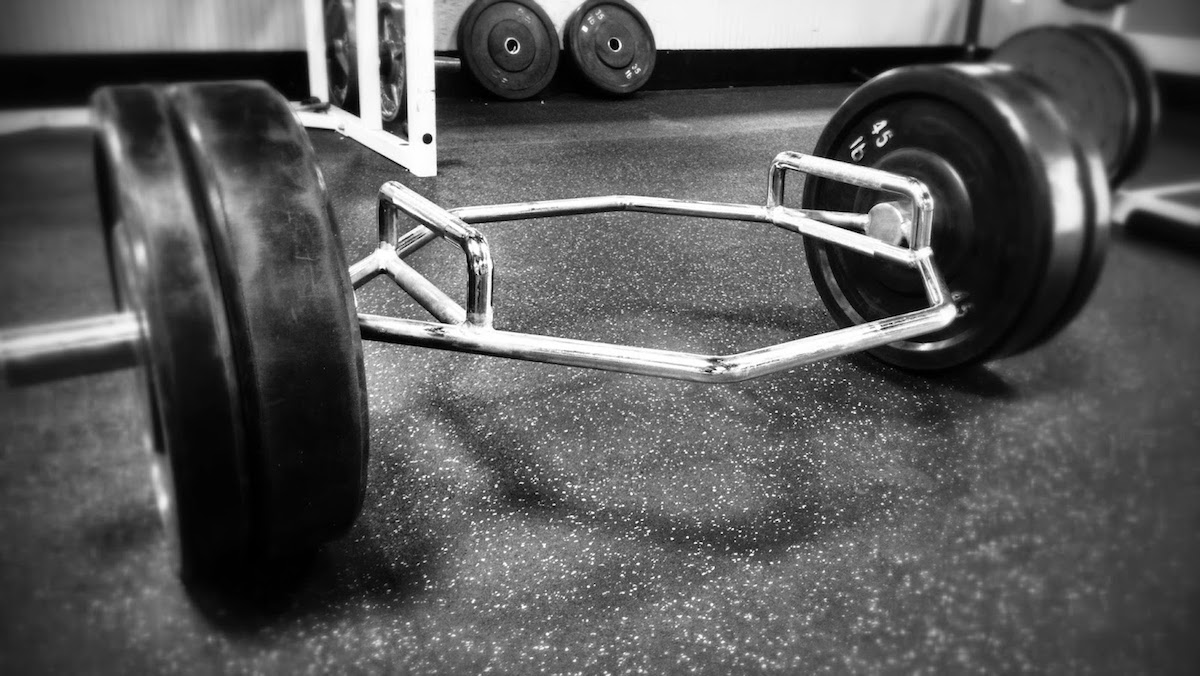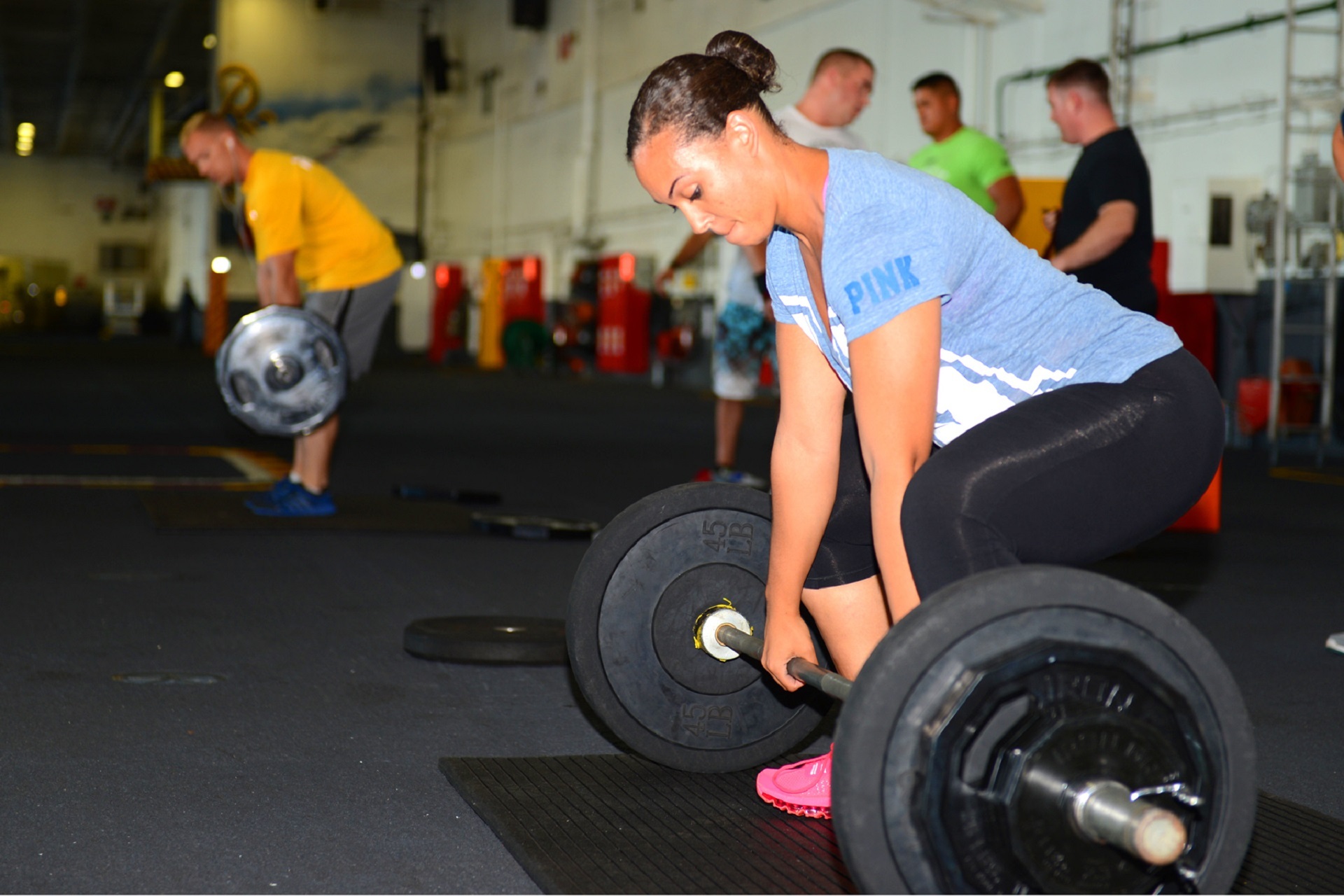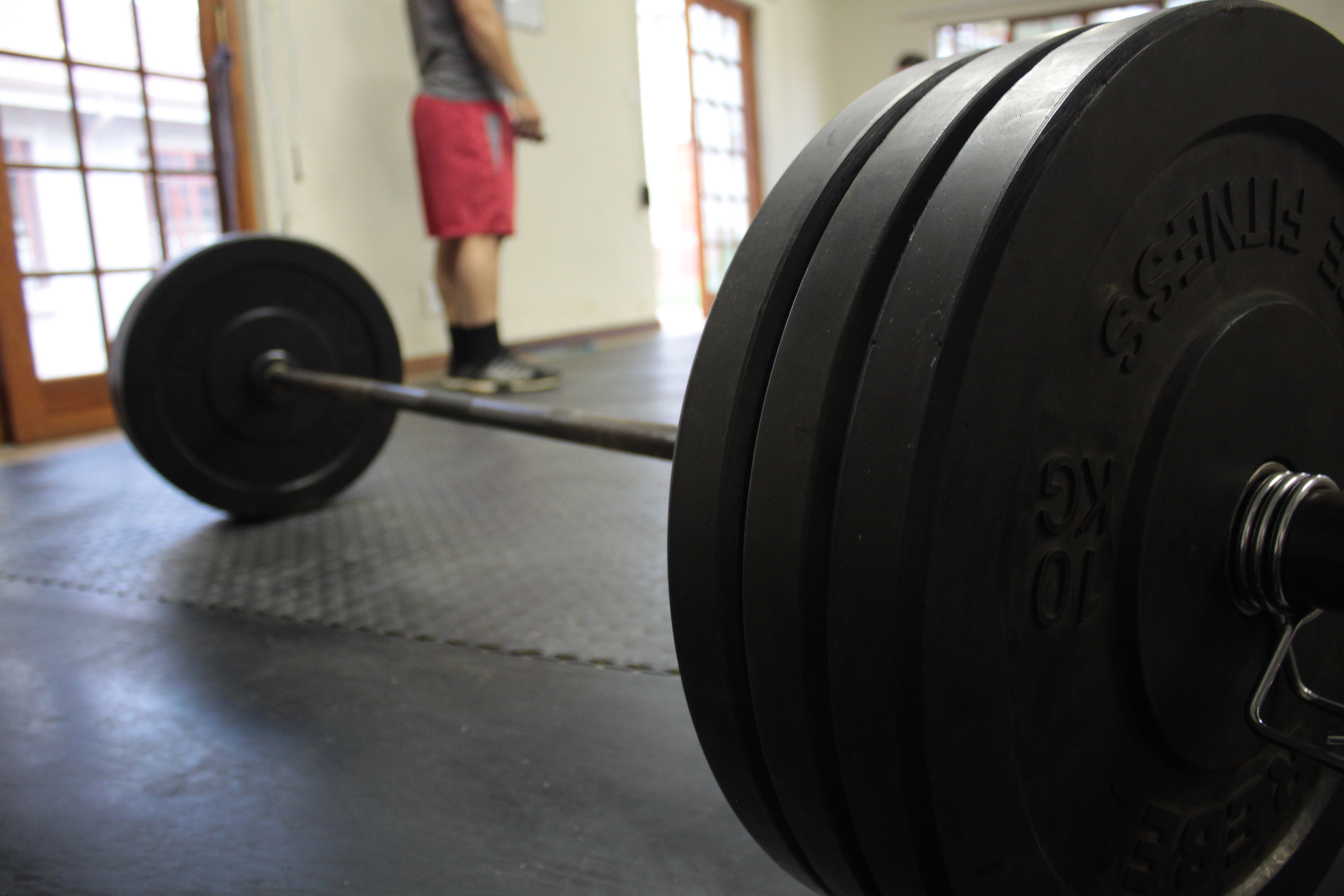The power clean is one of the foundational exercises in the weight room for developing power. With the power clean the athlete lifts the bar from the floor to the shoulders in a continuous and fluid motion. Done correctly the lift takes about a second to execute, involves most of the muscles of the body, and involves exerting force against the ground. In other words, it has a lot of transfer to sports.
The power clean has several phases:
- Set up: Approaching the bar and gripping it.
- First pull: Lifting the bar from the floor to the knees.
- Second pull: Lifting the bar from the knees to the mid-thigh and explosively extending the hips, ankles, and knees while shrugging the shoulders up.
- Moving under the bar: As the bar reaches its highest point, the athlete moves into a quarter squat under the bar.
- Receiving the bar: The bar is “caught” on the front of the shoulders.
- Recovery: Standing up with the bar on the front of the shoulders.
Of the phases listed above, only phases 3-6 are truly important for most athletes. While we can lift more from the floor than from other positions, ultimately we’re only concerned about the explosive part of the lift, the second pull, catching the bar under control and standing with it. By taking this approach, the technical requirements for the lift are not as great which means we can spend less time on instruction/learning and more time on training.
When the lift is performed from a starting position that is above the floor, the lift is called a “hang” power clean. Since our focus is on the explosive part of the lift (the second pull), we’re going to cover hang power cleans with the bar at mid-thigh. Which in a workout program I’d write: P. Clean, h, MT
To perform this exercise, the athlete stands up with the barbell in their hands. Pull the shoulders back and stick the chest out. Unlock the knees and push the hips back, allowing the bar to slide down the thighs until it is at mid-thigh level. This is the starting position.
From here, the athlete explosively extends the hips, knees, and ankles (i.e. “jump!” without leaving the ground) and relaxes their arms to allow the barbell to move up the body (this is the second pull).
When the bar reaches chest height, the athlete moves into a quarter squat and receives the bar on the front of their shoulders with their elbows up (parallel to the ground). They then stand up, lower the bar, and repeat the lift with each repetition being distinct and explosive. This is an exercise we want to do for sets of three to six repetitions. Too many reps and we get tired, our form breaks down, and we slow down. In other words, too many reps and we teach athletes to be slow and sloppy, which is not what we want.




